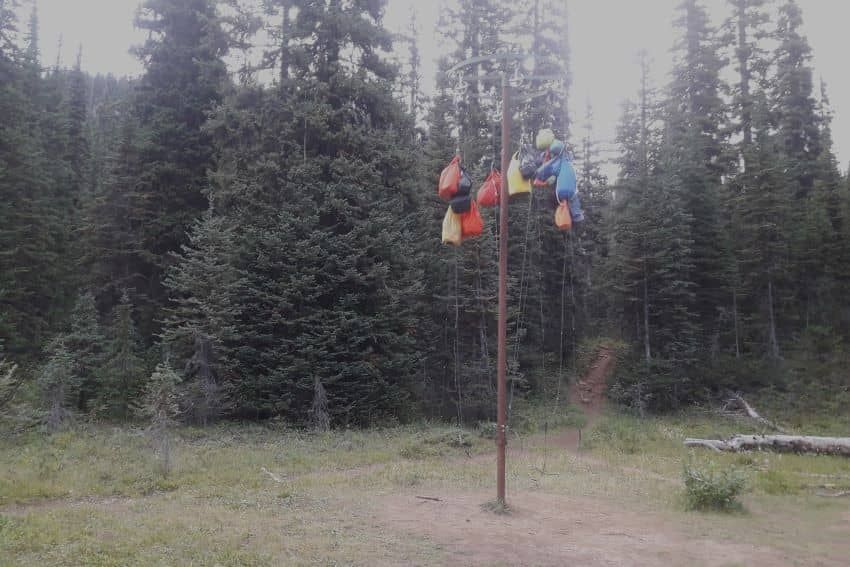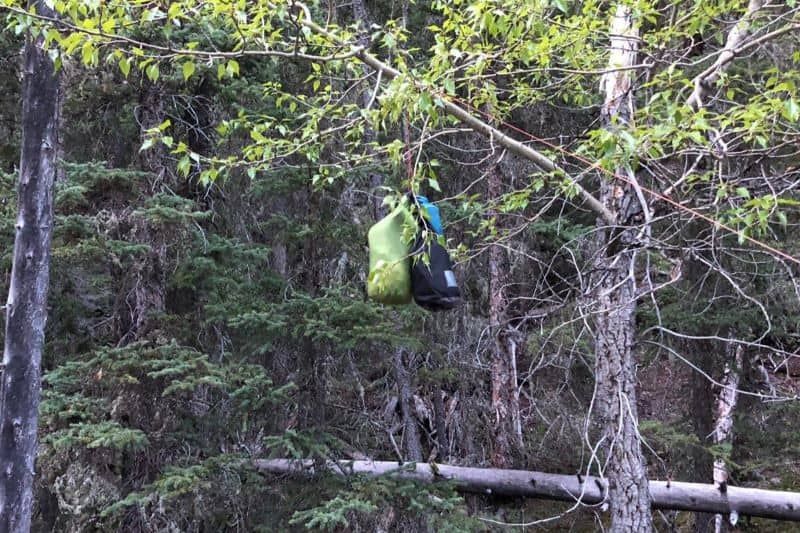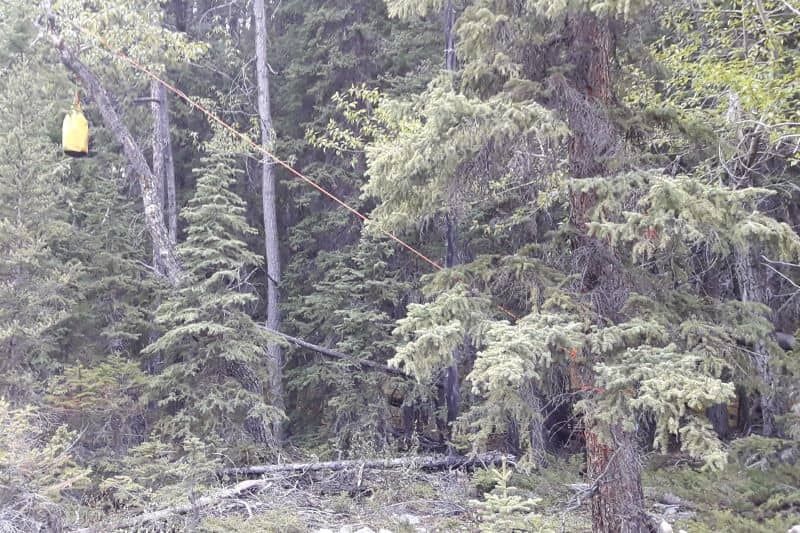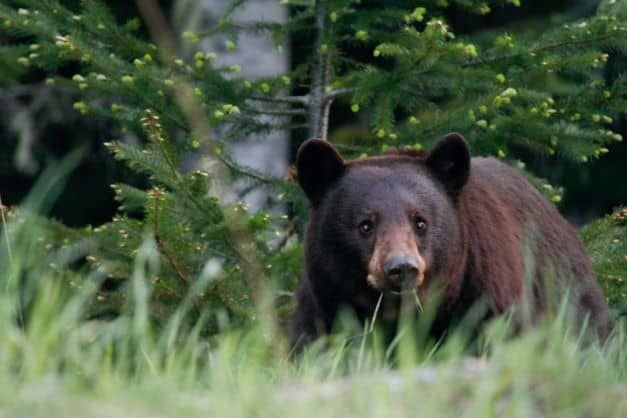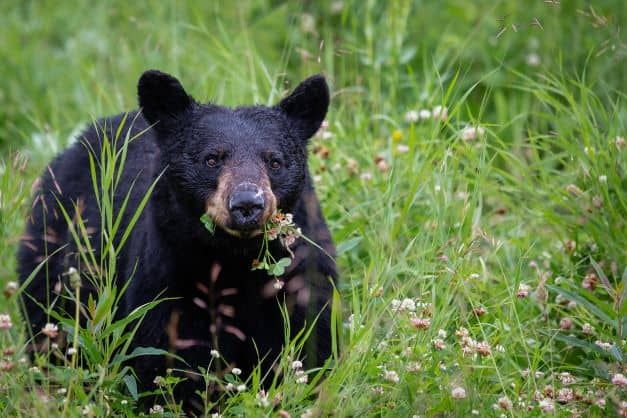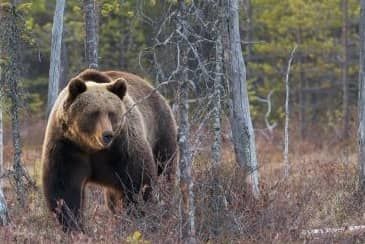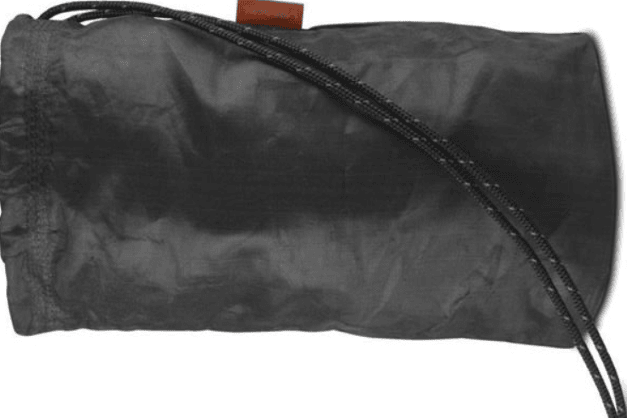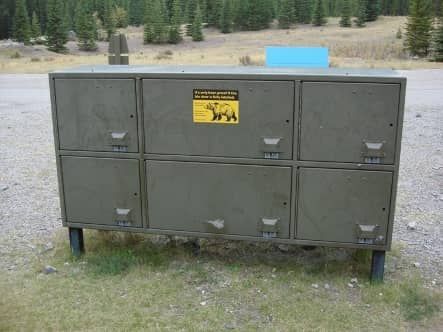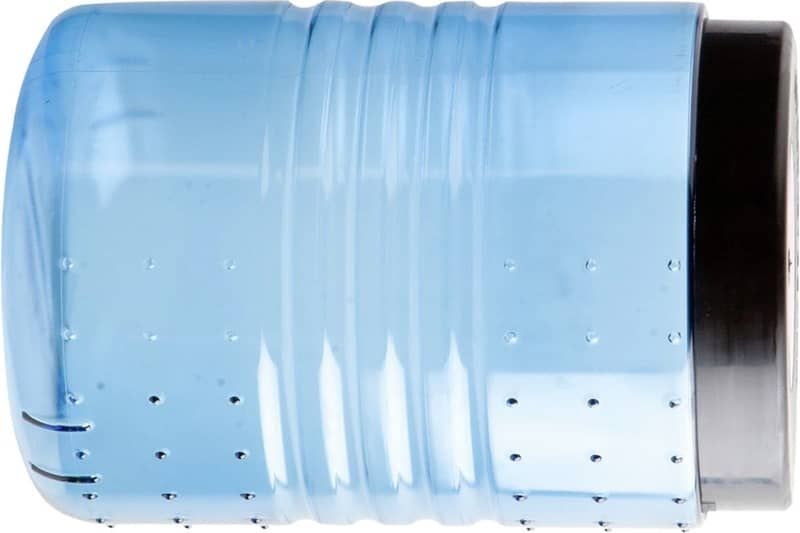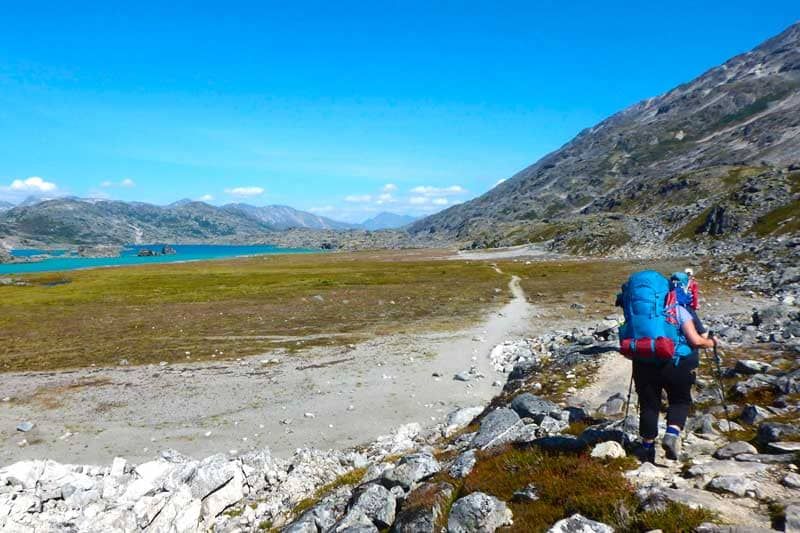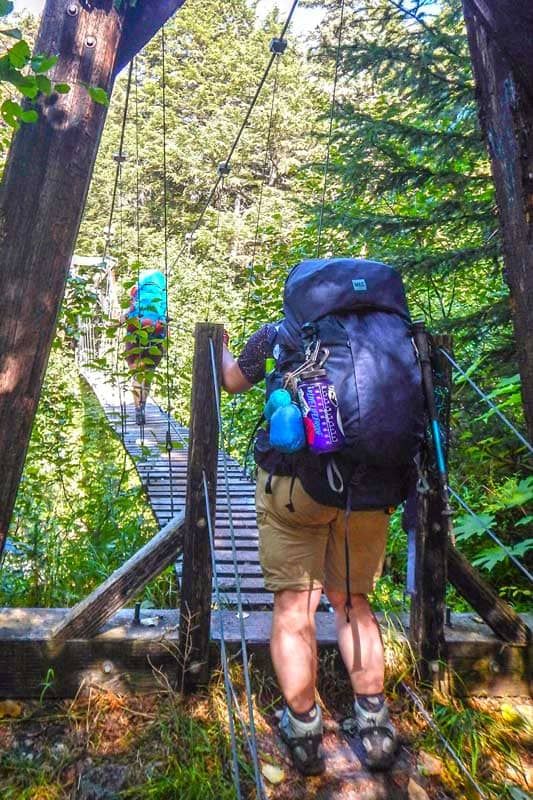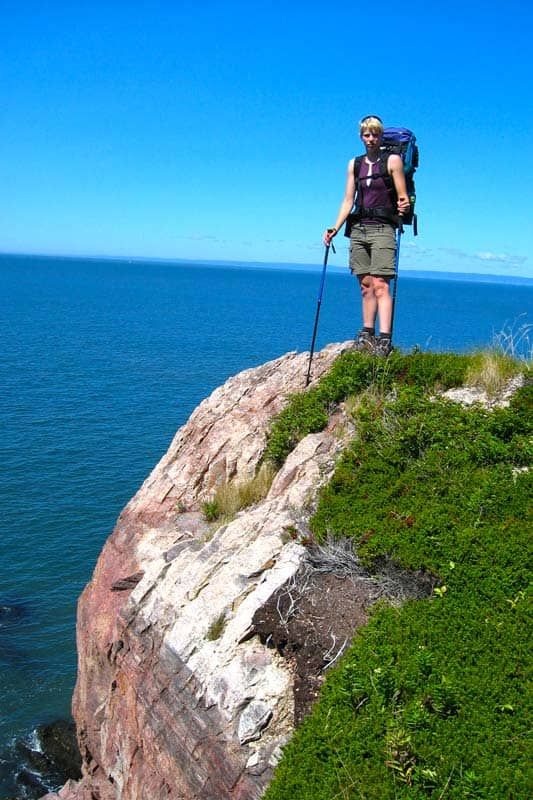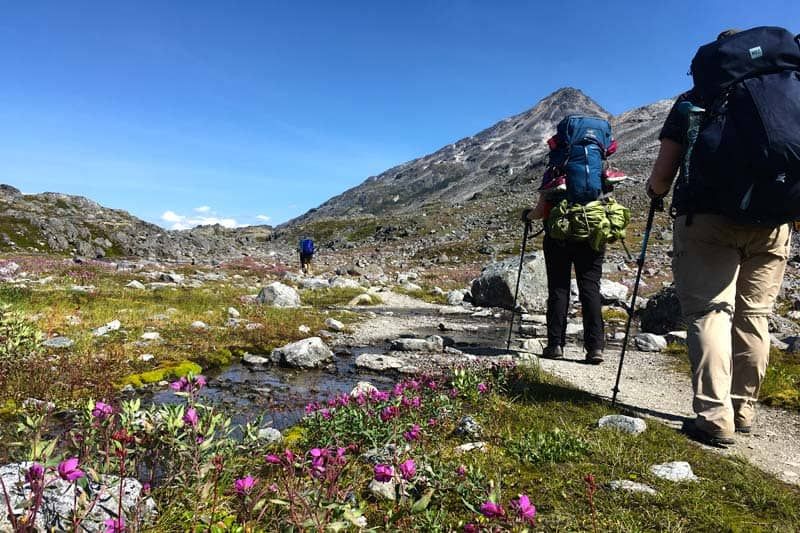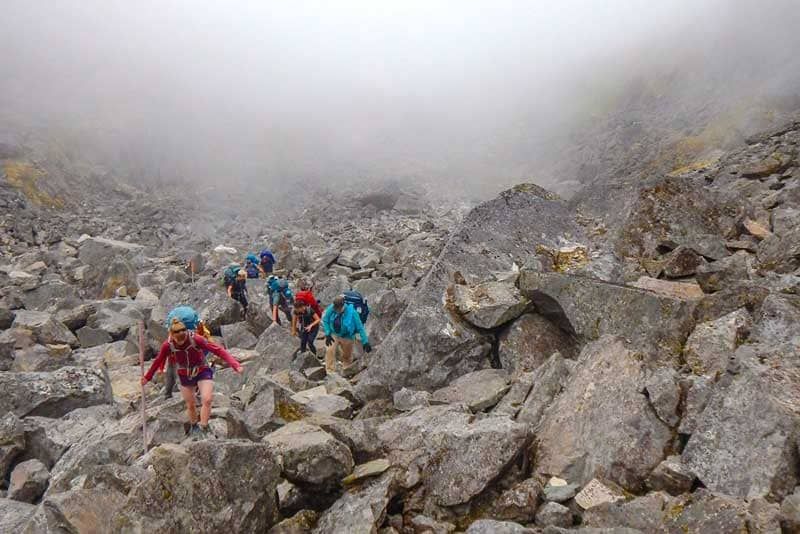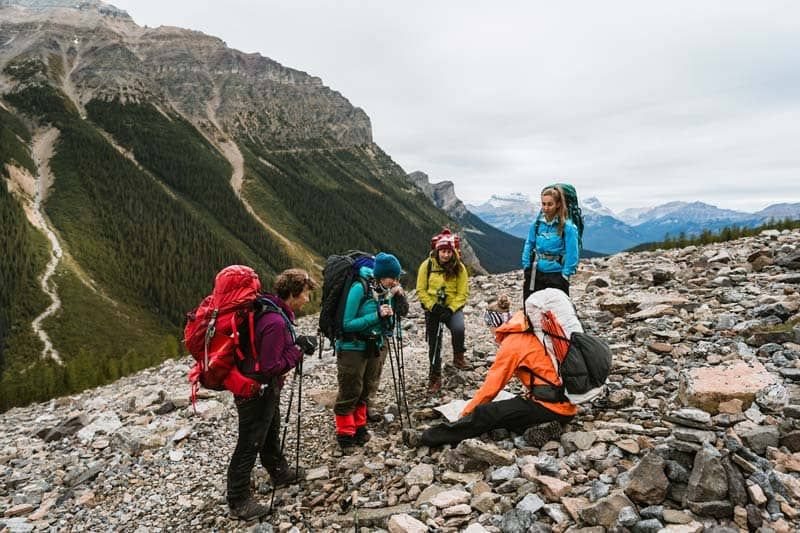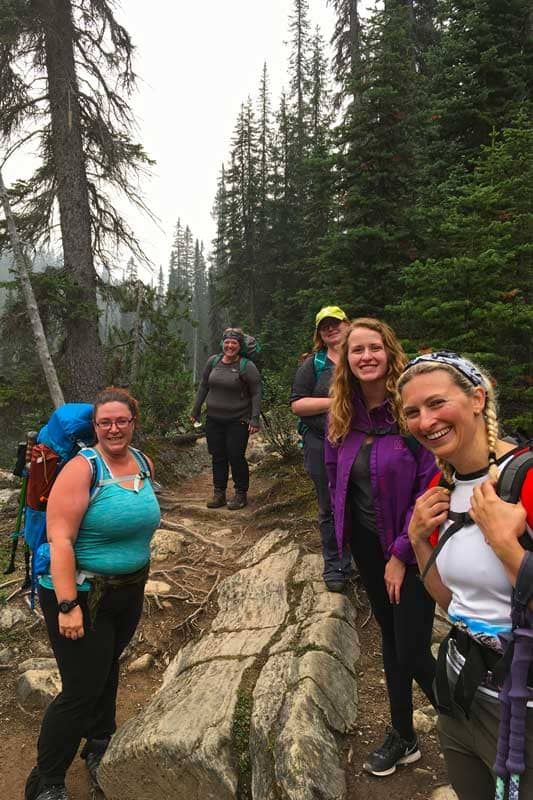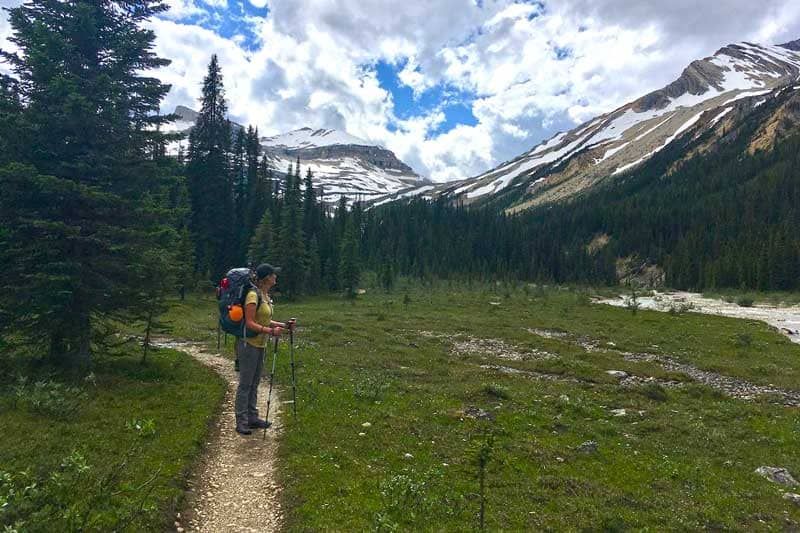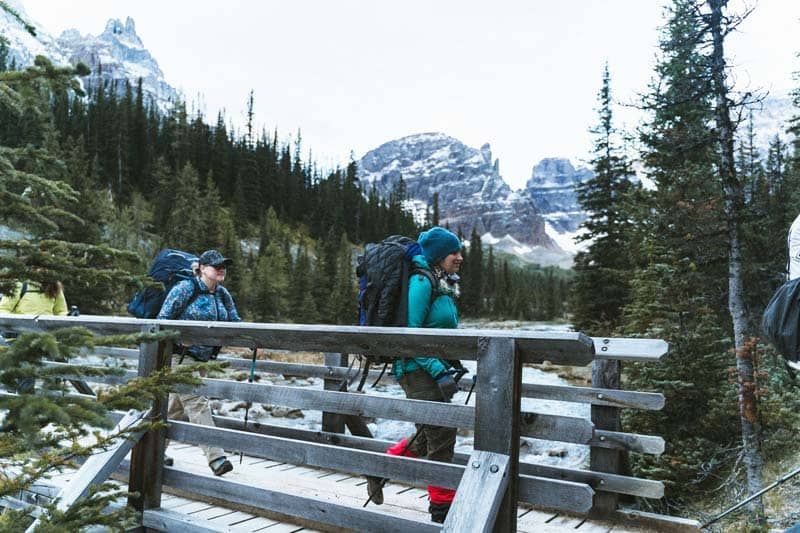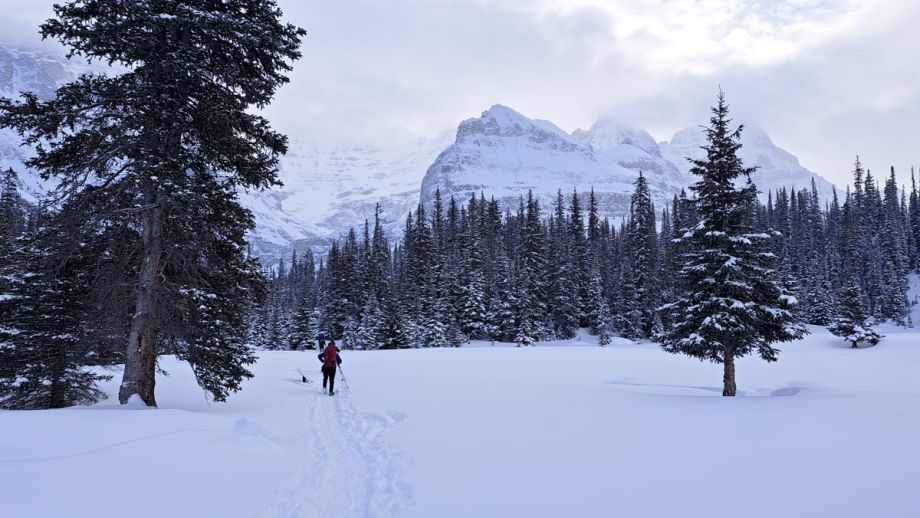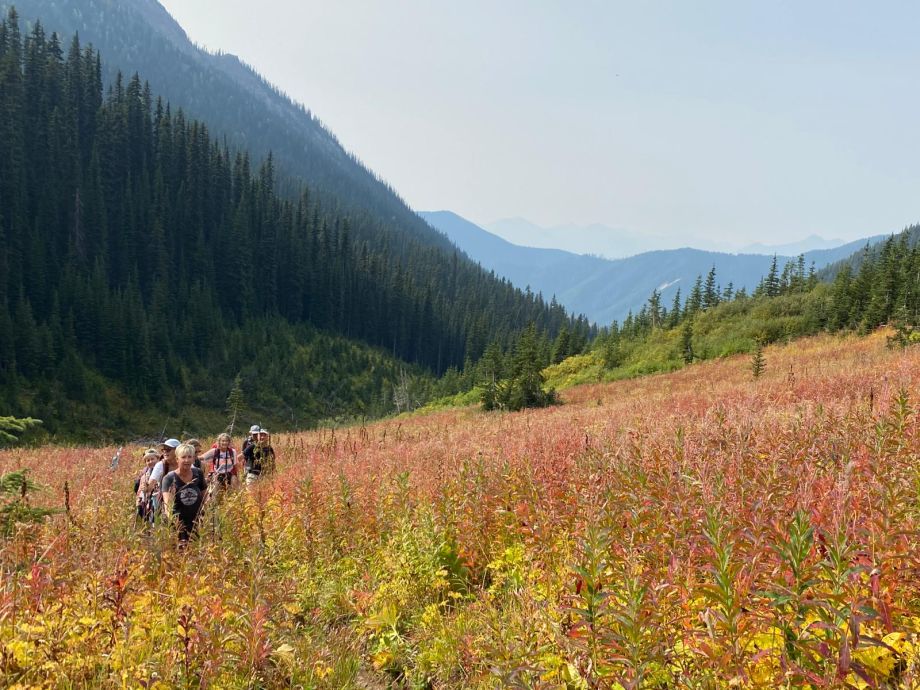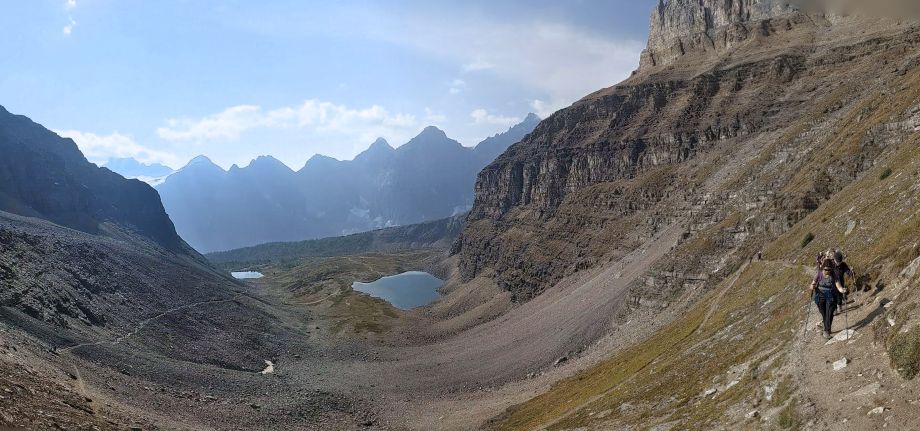How to Make a Bear Hang
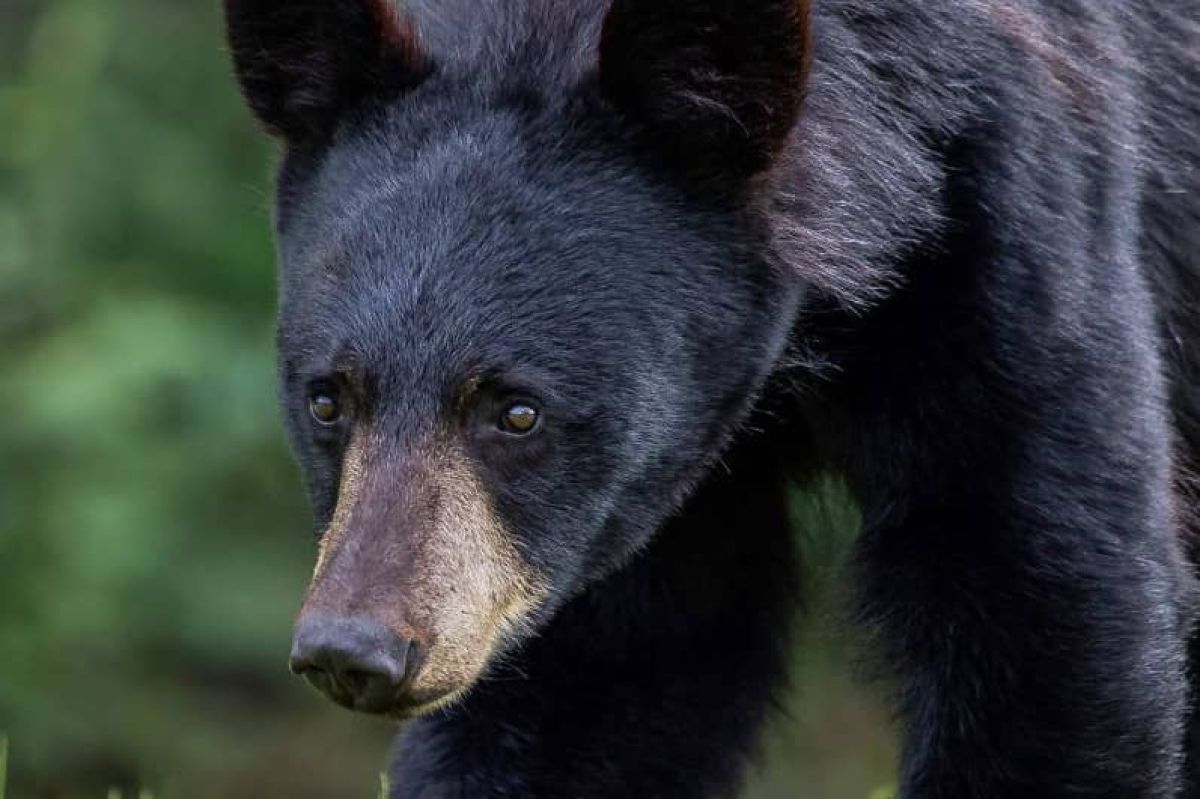
A bear hang is used to hang our food and other smelly items out of reach of bears and other animals. Often provided at established campgrounds in Banff National Park, bear hangs can be a tall metal pole with cables and pulleys, allowing food and smellies to easily be pulled to the top. When camping off trail, or outside of an established park, we need to make our own bear hang using rope and trees.
To make your own, you will need 20m of rope or cord, and weather resistant bags to store food in. EVERYTHING that a bear could consider “interesting” should go in a bear hang. Bears are interested in many things, so the list is long and includes: food, food waste, food wrappers, pots and cooking/eating utensils, soaps, insect repellents, sunscreen, lip balm, toothpaste, hand sanitizer, toiletries, deodorant, and water bottles and thermoses that have had any flavored drinks in them.
Why Do We Need Bear Hangs?
Bear hangs keep bears out of our food as well as other small critters. They literally save bears' lives. Bears that have accessed human food develop a taste for it (it’s delicious, we can’t blame them!), and try to seek it out, returning to that space time and time again. This can lead to bears becoming aggressive around people. Sadly, these bears are often destroyed.
"Everyone is happier when bears eat only bear food, and humans eat only human food"
If your campsite has a designated hang, use it. When random camping - ideally find a place 100m away from tents.
Bear hang contents should be:
- 3.5m (11.5ft) off the ground
- 1.5m (5ft) away from any branches or tree trunks
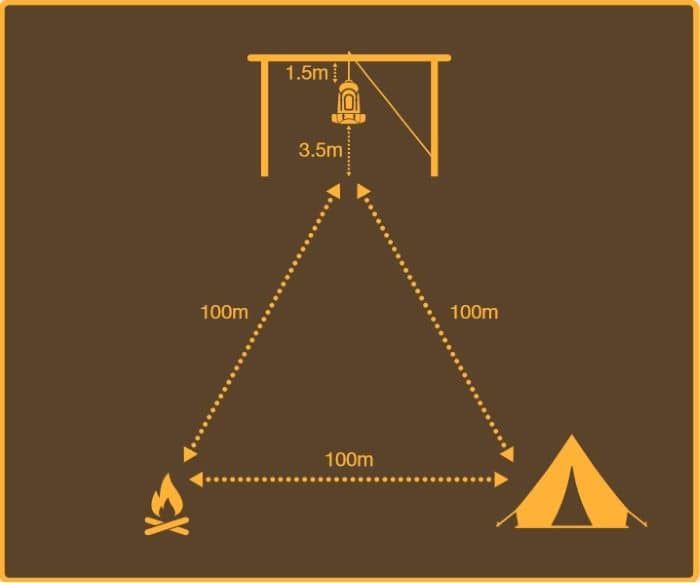
“Practice making a bear hang before heading out. It’s easier with experience, and you don’t want to be trying to make one for the very first time at the end of a long day of hiking when you are tired and the sun is setting.”
Easiest: If you can find a single tree with a strong lateral branch that sticks out at least 1.5m from the trunk and is at least 5m (think of the height of a single storey house) off the ground:
-
1.Tie a rock to the end of your rope, and toss it over the branch. This may take several tries.
-
2.Tie your bags to one end of the rope.
-
3.Haul on the other end of the rope to lift the bags 3.5m (think of twice the height of the average person) off the ground.
-
4.Tie off the end of the rope to another tree.
Harder: If you can’t find a tree with a long enough lateral branch (common in the Canadian Rockies), you will need to use two trees.
-
1.
Find a pair of trees at least 4m apart that have strong branches 3.5m up or higher.
-
2.Tie your bags to the middle of your rope.
-
3.Tie a rock to each end of the rope, and throw them over the branches of the trees at least 3.5m up. This will take several tries.
-
4.Pull both ends of the rope to lift the bags up into the air, suspended between the two trees.
-
5.Tie off the ends of the rope to other trees.
- Food Lockers at established campsites are fast and easy to use.
-
Bear Vaults are hard sided canisters that are really tough for bears and other critters to get into. These should be stashed 100m from tents. A bear might play with the vault for a bit before eventually giving up, so you want to be a safe distance from this action, as shown in this video. When used correctly, bear vaults are very effective.
-
Bear Sacks are soft sided bags made of kevlar (or similar) extremely difficult to tear into. These aren’t as good as a bear vault, since the bear will squash the bag (sometimes aggressively) when trying to get into it, and rodents have been known to chew through them.
It can take some time and effort to get food storage right, but in the middle of the night when you hear noises out in the forest, it will be worth it to know your campsite is a bear aware one!
To learn more about co-existing with bears, check out BearSmart.
Other Posts of Interest
Related Courses
Fresh off the Press
Most Popular Stories
Tags
Spread the Love - Share this article on your socials...
